

Adrian Boot: a legendary rock and roll photographer in DeiàAugust 11, 2023
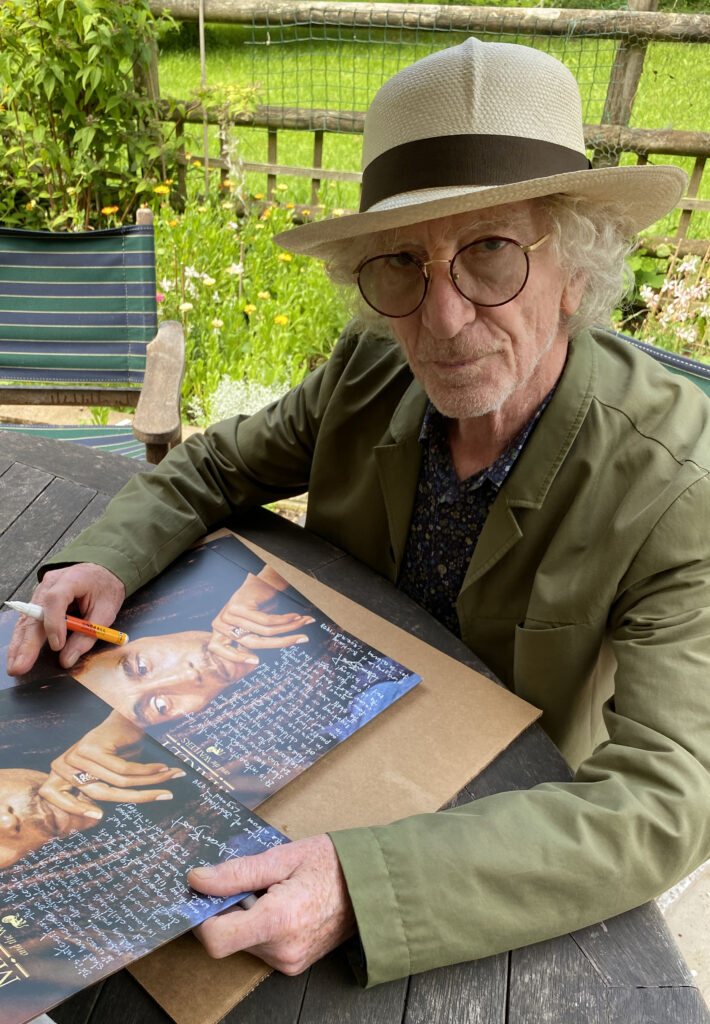
At the wonderful Hotel Corazón for lunch recently, I was introduced to an unassuming guy dressed all in flowing white and wearing a battered straw hat. I didn’t catch his name but found out later he was rock and roll photographer Adrian Boot.
Not long after, Adrian kindly agreed to be interviewed by me.
I grew up seeing Adrian’s work in the UK music press. We spoke the morning after the world discovered fiercely inimitable Irish singer Sinead O’Connor died. Adrian had, inevitably, photographed Sinead, one of many great artists who spent time in Deià.
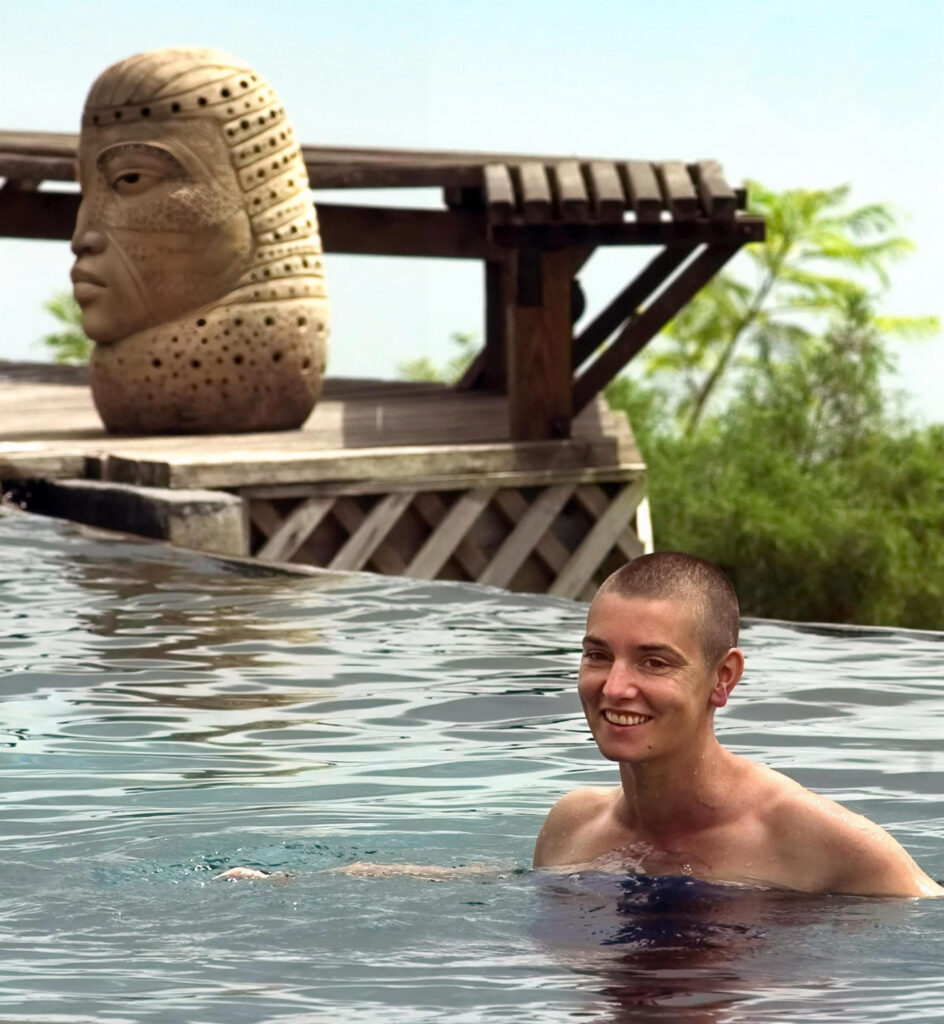
A music photographer by accident
‘I got into music photography accidentally,’ Adrian told me. ‘In 1971, I went to Jamaica to teach physics at the University of the West Indies and then at a school in Port Antonio. While I was there, I took lots of photos as most people would. But I tended to take street photos.’
Instead of taking nice pictures of beaches, mountains and palm trees, Adrian ventured deep into Jamaica’s ghettos. Like the Government Yard in Trenchtown namechecked by Bob Marley in ‘No Woman, No Cry’.
‘I got on quite well with everyone,’ Adrian said, ‘partly because I’d take photographs and the following week go along with prints and give them out. I became very popular.’
After almost three years in Jamaica, Adrian returned to England thinking it was time to get a proper job. Before that, he decided to take a sabbatical.
He chuckled, ‘I guess I’m still having that sabbatical. But it’s too late to think about a career in science now.’
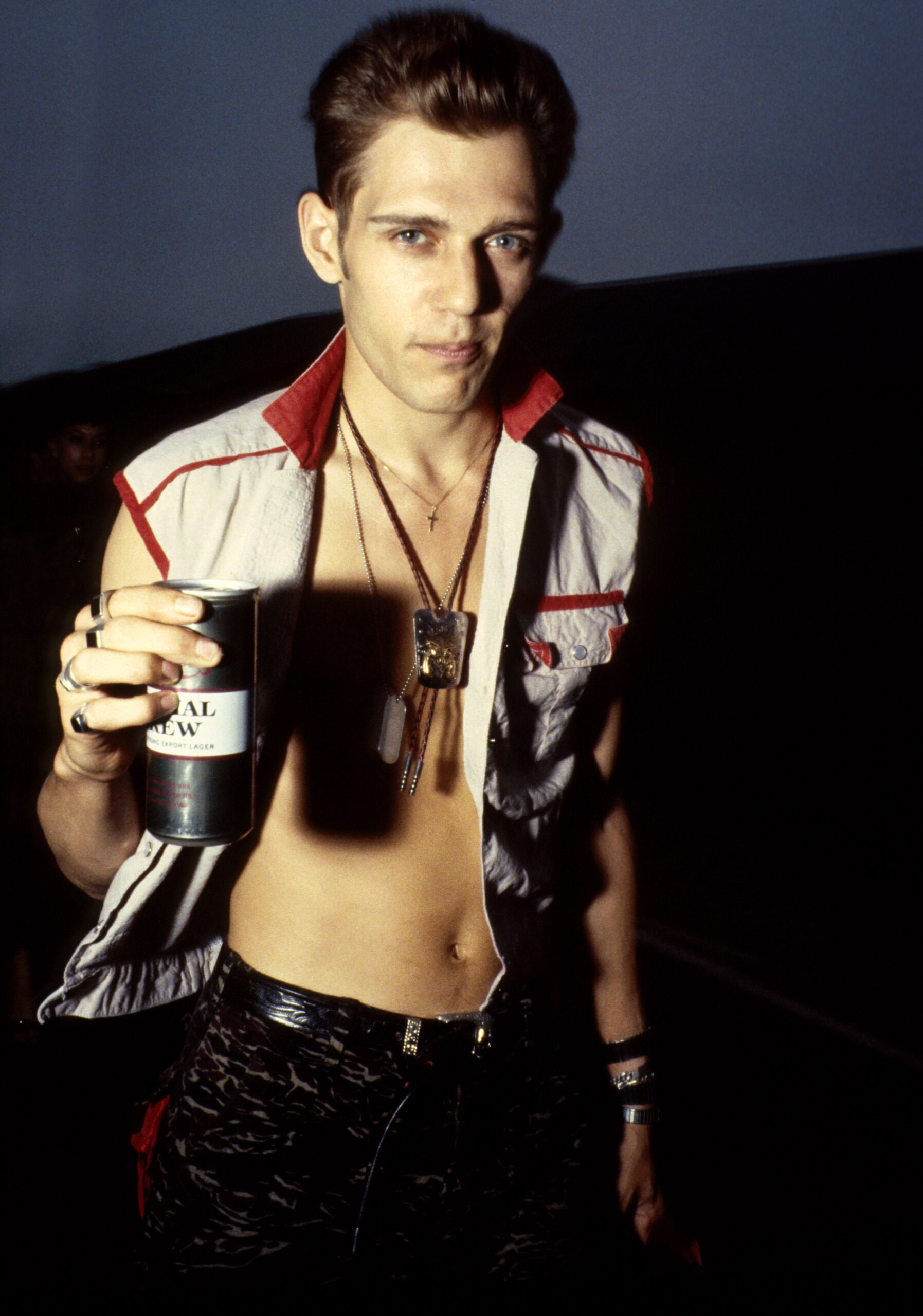
Growing a strange reputation in rock and roll
Around the time Adrian came back to the UK, Bob Marley’s career was taking off with albums such as Catch A Fire and Burnin’.
Chris Blackwell of Marley’s label Island Records designed these to have the best possible chance to cross over to a white audience.
But at that time, as Adrian explained, ‘Music papers such as the Melody Maker were reluctant to put a reggae artist on the cover. Advertisers were interested in revenue. They thought that unless it was a picture of Jagger or Elton John, no-one was going to buy the paper.’
Gradually that changed and Adrian got a ‘strange reputation of being the sort of person who could take photographs of black people. I took lots and lots of photos of reggae artists and went back to Jamaica several times.’
When punk exploded in the UK in 1976, reggae was a huge influence on the attitude of the scene if not necessarily the music. Adrian became a favoured punk photographer.
The Clash were one of the punk bands who made reggae part of their sound. ‘I guess they thought maybe he’s OK,’ Adrian said modestly. ‘He’s photographed Marley. He can do us.’
Adrian became a staff photographer for Melody Maker, then a weekly newspaper selling hundreds of thousands of copies a week, shooting all the big names of the day.
When he began, Adrian had no formal training in photography. ‘I wasn’t interested in light or studios,’ he said. ‘I’d use a Leica M3 because it was quiet and I could be a fly on the wall. For live photography, I used a Nikon.’
Later on, Adrian studied photography. He spent time at Big Sur, California, at the Ansel Adams school. Here he learned about techniques like the zone system, a way of working that guarantees a correct exposure.
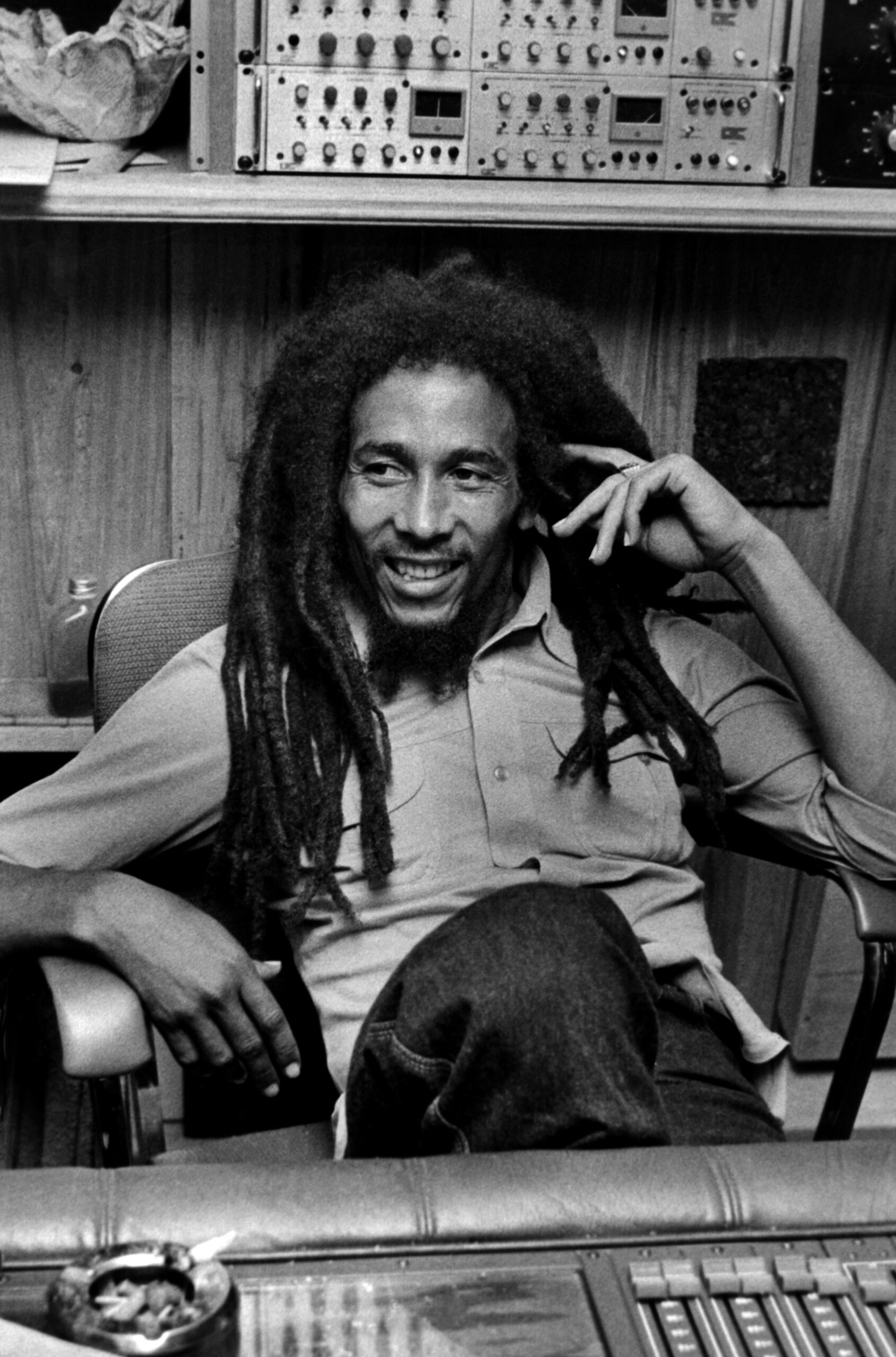
Laughter and charisma
Take a look at Adrian’s website and you’ll see he’s photographed just about everyone in rock and roll that matters. For him that doesn’t seem to be a big deal.
‘People often ask me what it was like to photograph Marley. It was nothing special. At the end of the day, these people are just talented musicians.’
Adrian’s irreverence helped him forge a laidback relationship with Bob Marley. He was the reggae colossus’ official photographer.
When Adrian first met him, Bob had a Miami accent. It wasn’t until later that he sank into that deep patois. The “Jah Rastafari” stuff.
‘Bob had a sense of humour,’ Adrian told me, ‘He liked to wind up journalists. He’d quote from the Bible and turn on the accent. If I was present, I’d often laugh and make remarks because he was quite capable of speaking the Queen’s English.’
Photographic sessions were fun. Sometimes on purpose, occasionally not.
‘Famously, I was sent out by Allen Jones, Melody Maker editor, to photograph Van Morrison with strict instructions to photograph him smiling. Everyone knew he was a miserable old fart at the best of times. I made a funny remark — I love cracking jokes — and got this pic of Van laughing.’
Adrian also managed to get Paul and McCartney laughing by backing off with his camera and tripping over his camera case. ‘I’m a bit clumsy,’ he said. ‘Of course they exploded. Another good shot.’
Music photography today
Adrian doesn’t take so many photographs anymore. ‘Photography’s become ubiquitous,’ he explained. ‘I was UK judge for the World Photographic Organization a while back. Sony, the sponsors, figured out that 90% of all the photographs ever taken had been taken in the previous year. Now everyone has a mobile phone and they take better photos than most professional Nikon cameras did.’
What would Adrian say to anyone who wanted to get into music photography today?
‘Don’t bother. I know that sounds a bit cynical. But back in the day, I’d go to a concert and there would be just me and maybe one other photographer. In a way, you had a monopoly. Now, at big concerts, there are thousands of people holding up their phones.’
He continued, ‘And if you want to do a session, you’ve got to sign a contract that basically gives ownership of the session to the artist’s management. Years ago, people would just be happy if I gave them a few prints to give to the press.’
Now Adrian mostly sells his prints online. A while back, he had a suspicion that his archive would have some value.
‘These days,’ he said, ‘people are making documentaries about lesser known artists like reggae band Steel Pulse. I tend to have photos of bands like these in their formative years.
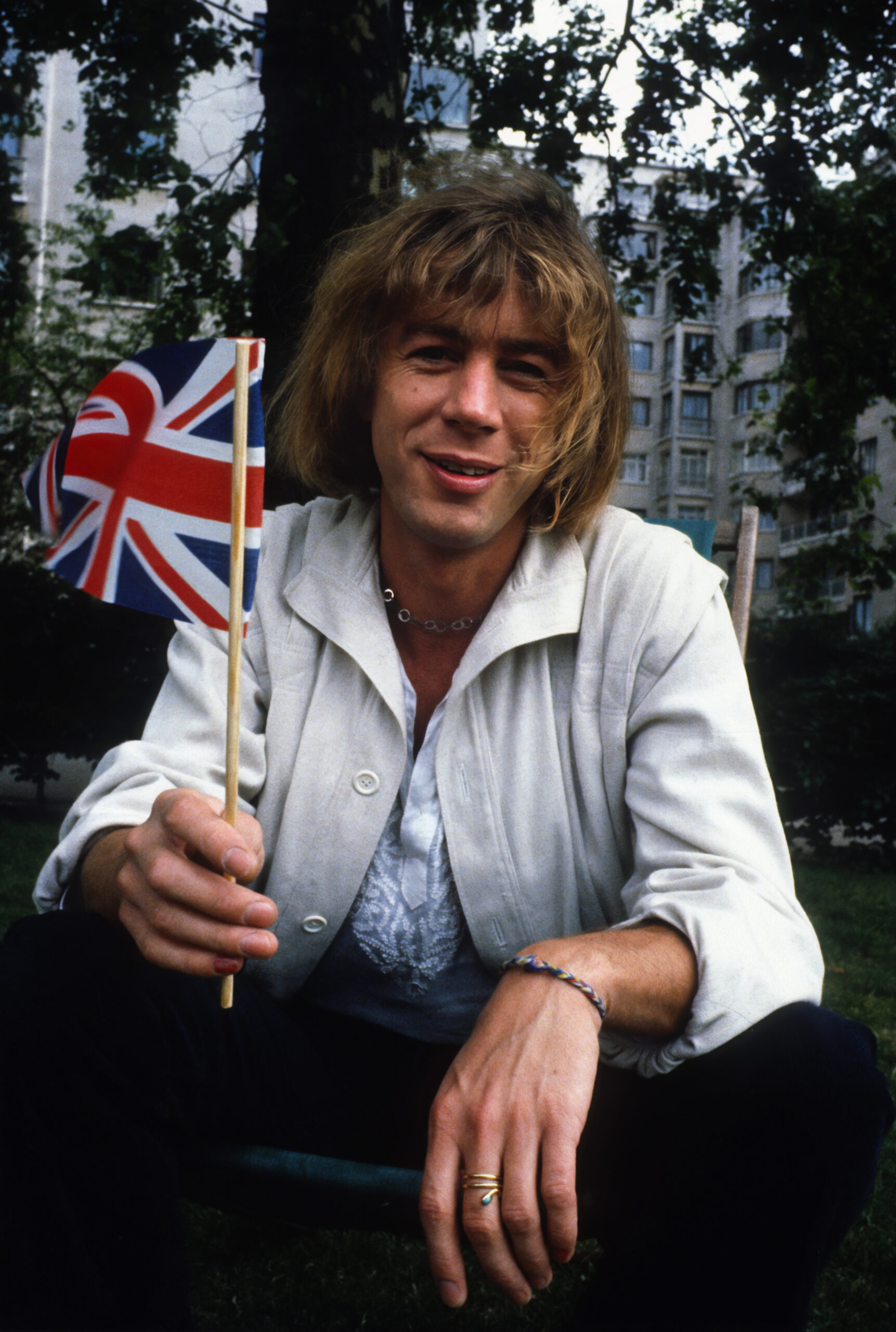
The Deià connection
Adrian and his wife Lynne have visited Deià a few times at the invitation of the friend I met them with.
Also, as Adrian said, ‘I knew Kevin Ayers. I’d photographed him and my wife used to tour manage him so there’s a crossover there too.’
Of Deià, Adrian said, ‘It’s an interesting place. Quite strange.’
If you love rock and roll or know someone who does, check out the prints for sale on Adrian’s website.
All photos by kind permission of Adrian Boot.







